Market Trends
Key Emerging Trends in the Gabapentin Market
Notably, there has been a shift in the gabapentin market influenced by changing treatment paradigms, growing awareness of neuropathic pain as well and increasing off-label use of gabapentin for various medical conditions. One major trend involves the burgeoning utilization of gabapentin in managing neuropathic pain. Originally licensed for epilepsy treatment, gabapentin has now gained widespread acceptance for its efficacy in treating neuropathic pains that occur with cases such as diabetic neuropathy, postherpetic neuralgia, or fibromyalgia. Over time, there has been growth in the off-label application of the drug outside its use in pain management for psychiatric and neurological purposes connected to gabapentin's roles in combating generalized anxiety disorder, bipolar affective disorder, control migraines among other treatments, and restless legs syndrome. This trend is, therefore, indicative of the need for alternative therapies that have fewer side effects, leading to trials by various neuropsychiatric indications. Additionally, there is an increase in generic formulations and alternate delivery systems within the market. Consequently, generic versions of gabapentin have become more popular, providing cost-effectiveness and improving patient accessibility. Furthermore, gabapentin's role has been recognized as an adjuvant in pain management regimens. Frequently, opioid drugs and this medication are used together for the treatment of chronic pains to reduce dosages of opioids and minimize their negative effects. The trend aligns with efforts in the broader healthcare sector to combat oxycontin addiction and other forms of substance abuse by finding safer, multidimensional approaches to pain relief. The market dynamics are also influenced by the increasing prevalence of neuropathic pain conditions and the aging population. For example, an increased incidence of diabetes, postherpetic neuralgia, and other neuropathic pain disorders is accompanied by a growing demand for effective treatments like gabapentin. Moreover, the utilization of gabapentin is driven further into clinical practice due to age-related conditions associated with neuropathic pain. However, challenges remain in the gabapentin market. There are concerns about potential misuse dependency on gabapentin, especially when it comes to its off-label use. Currently, regulatory authorities are reviewing prescribing practices and considering how best to deal with drug abuse risks that could be posed by gabapentin. In addition, there is still a need for standardized guidelines based on sound evidence regarding off-label uses of gabapentin within medical spheres.


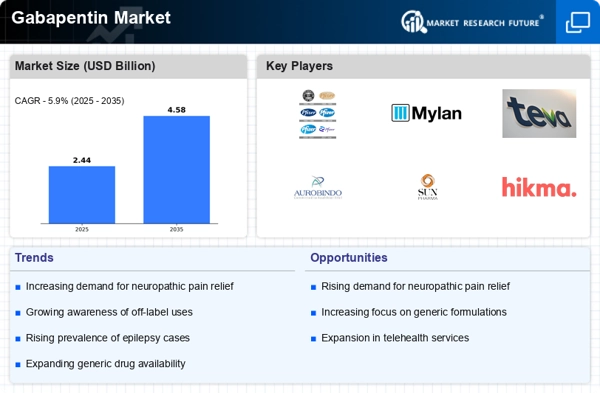
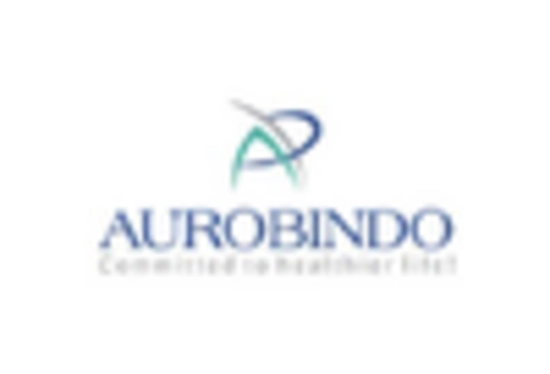
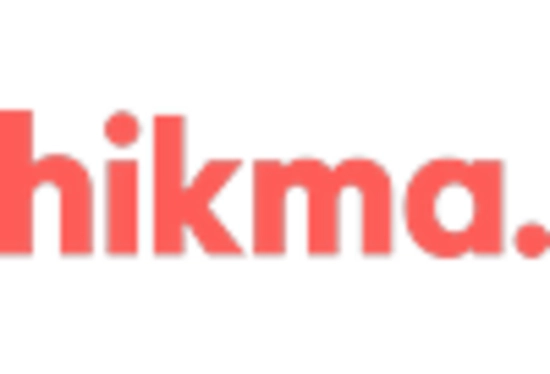
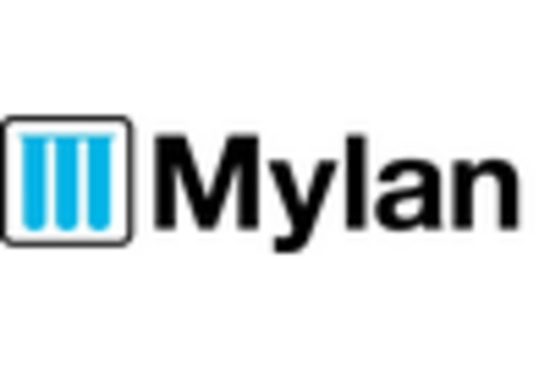
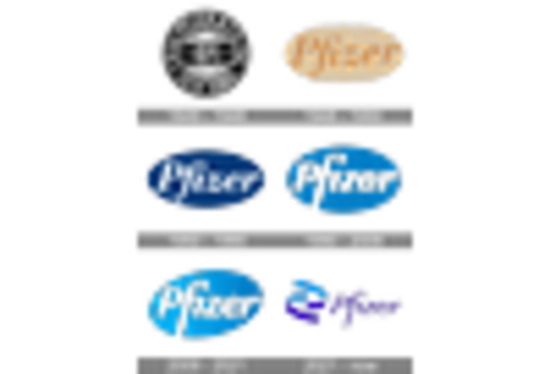
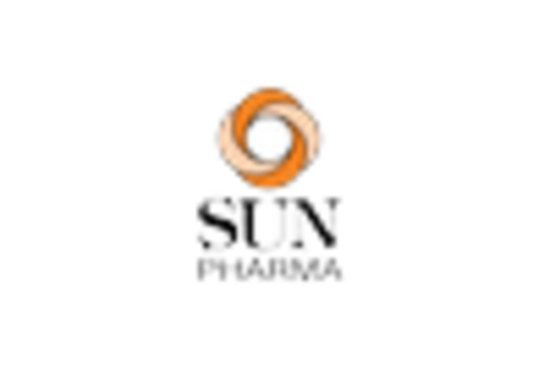
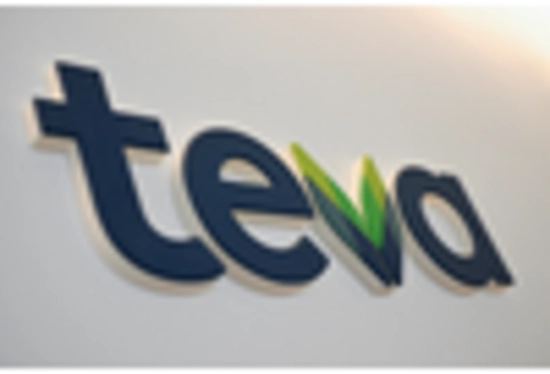









Leave a Comment